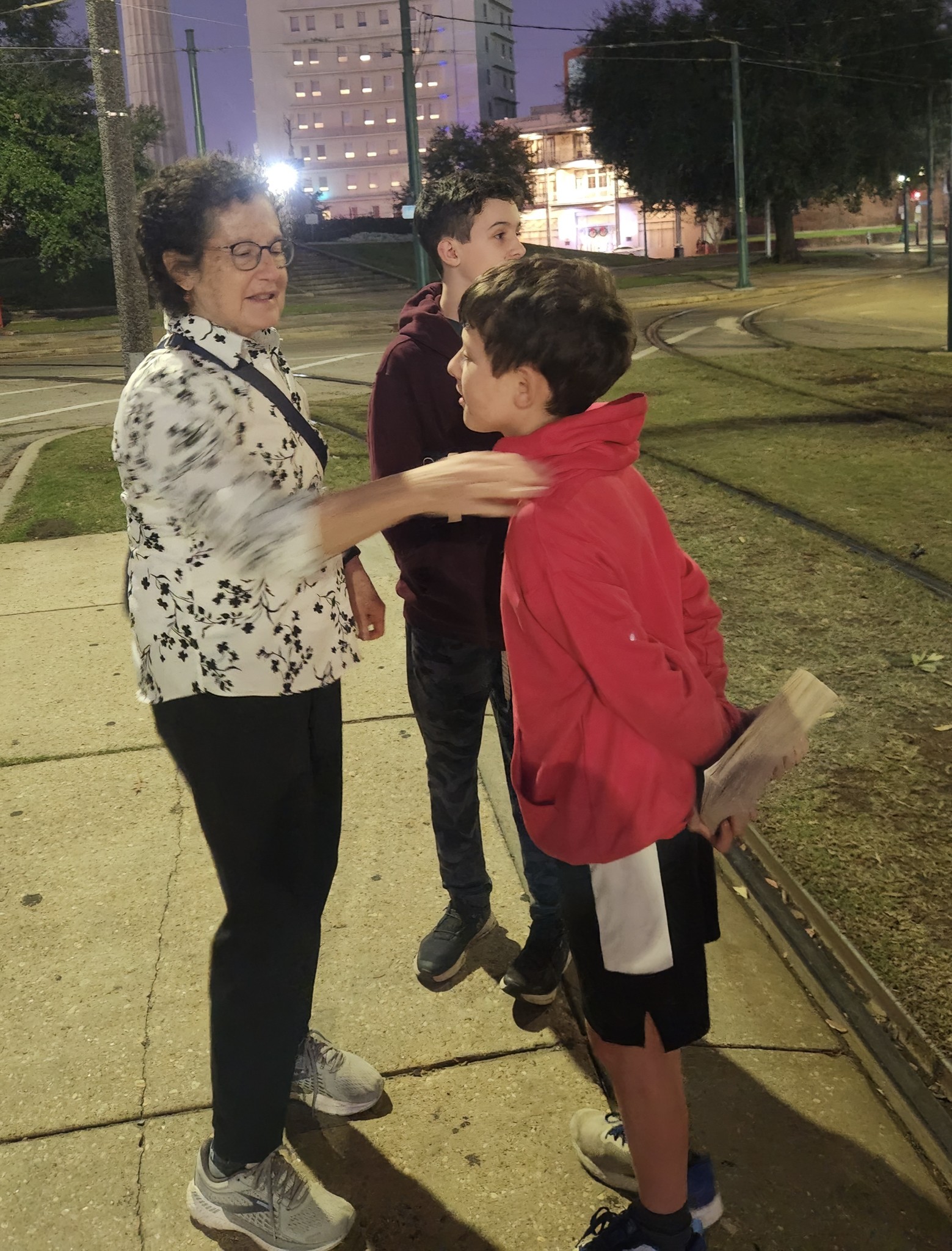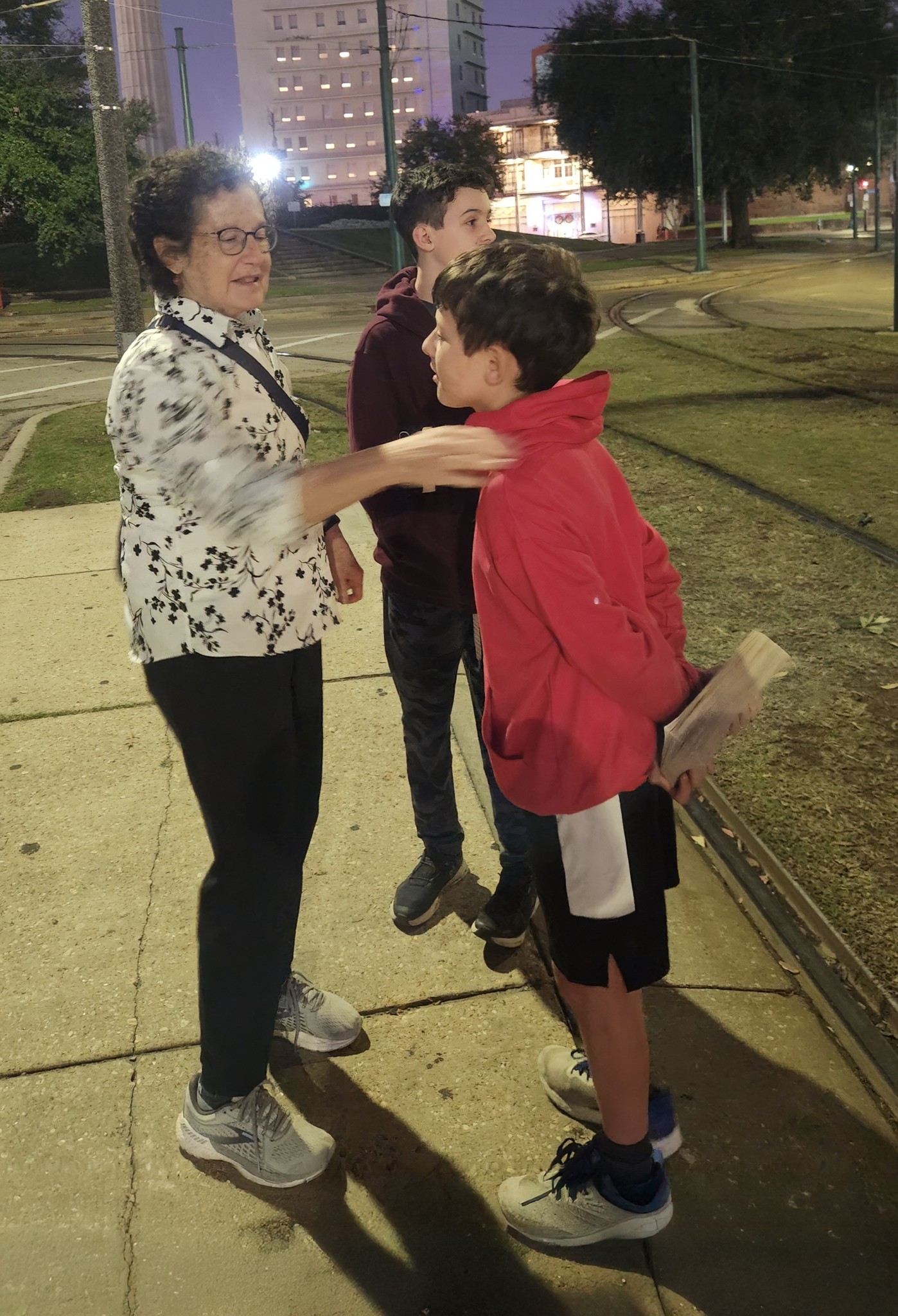Fix Cut Off Feet Or Head
The Great Quick Shot That Cuts Off Part Of The Body
With the current Photoshop Generative Fill, here is 1 quick way to fix cut off feet or head:

Expanding an Image to Fix Compositional Errors with Generative Fill
The technique you’ve described leverages Generative Fill, powered by Adobe Firefly (Adobe’s generative AI model), to intelligently and contextually complete missing image data. It is a modern, powerful alternative to traditional tools like the Clone Stamp or Content-Aware Fill, especially for creating large, complex extensions.
The Power and Mechanism of Generative Fill
Generative Fill is superior for this task because it doesn’t just look at the surrounding pixels (like Content-Aware Fill); it generates entirely new, realistic content based on its vast training dataset.
- Contextual Understanding: When you select the blank canvas area and click Generate (without a text prompt), the AI analyzes the content just above the selection—the feet, legs, and background elements—to understand the scene’s context, lighting, perspective, and texture.
- Synthesis and Creation: It then synthesizes what the missing portion of the image should look like, creating a new, plausible continuation (e.g., floorboards, grass, shoes, or full feet).
- Non-Destructive Workflow: Generative Fill creates the new content on a new layer called a Generative Layer. This is crucial because it makes the process non-destructive. If the result isn’t perfect, you can easily delete the layer or use one of the variations the tool often provides, leaving your original image untouched.
Expanded Workflow and Best Practices
1. Canvas and Image Preparation
- Action: “In Photoshop expand the vertical Canvas, by 500 pixels.”
- Tip: Be generous with the canvas expansion. While 500 pixels is a good starting point, expanding by a larger percentage (e.g., 20-30% of the original height) gives the AI more room to breathe and generate a clean result without immediate cropping constraints.
2. Iterative Generation for Seamless Results
- Action: “With the Rectangle Marquee Tool create a marquee of about 100 pixel or less. Click on Generative Fill… Click on Generate. Repeat with a new marquee until you get the result you want.”
- Reasoning: The iterative approach (generating in small, successive bands) is the secret to highly realistic extensions. Generating the entire 500-pixel blank area at once can sometimes lead to a less cohesive, lower-resolution result.
- Tip: Start by selecting a small band that overlaps slightly with the existing image (the cut-off feet). This “seed” generation establishes the initial context. Subsequent selections should slightly overlap the previously generated content, ensuring a seamless transition and continuity of texture, color, and light as you move down the canvas.
3. Using Text Prompts (Advanced)
- Action: “Click on Generative Fill…” (Implies leaving the text prompt blank).
- Advanced Tip: While leaving the prompt blank is often best for seamless continuation, you can use a prompt for specific details. For example, if the feet are cut off and you know the person is wearing sneakers, you could prompt “add blue sneakers on a wooden floor” in the first selection band. This gives the AI explicit instructions, which can be faster than waiting for a blank generation to guess correctly.
Here is what I wound up with:

More on using Generative Fill to expand any part of an image.
Even beyond feet and heads, generative fill is now capable of expanding bodies, buildings and even landscapes. The newest versions of Photoshop also allow you to change the viewpoint of the camera.
Some of these features may still be in the beta version.
Glenn